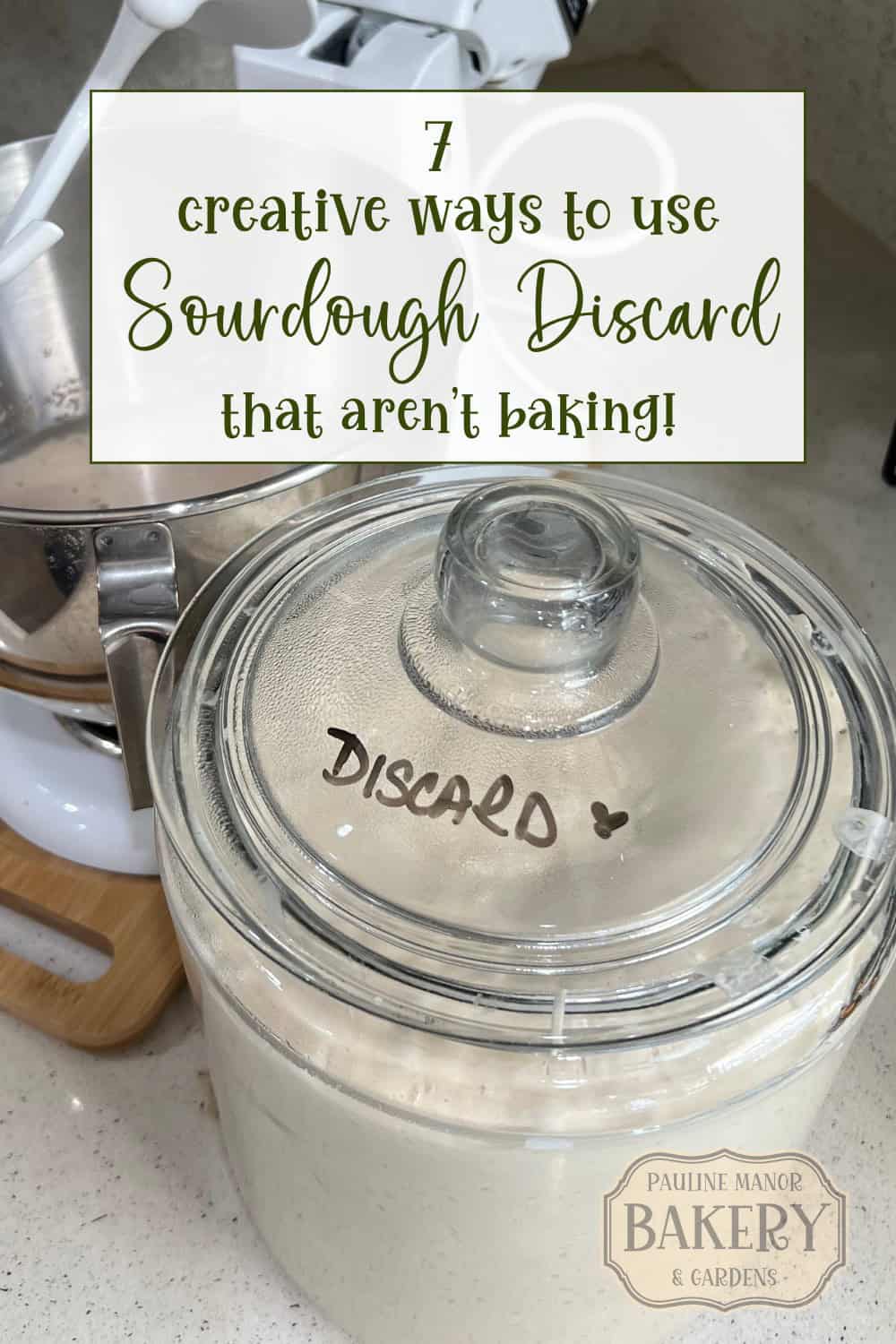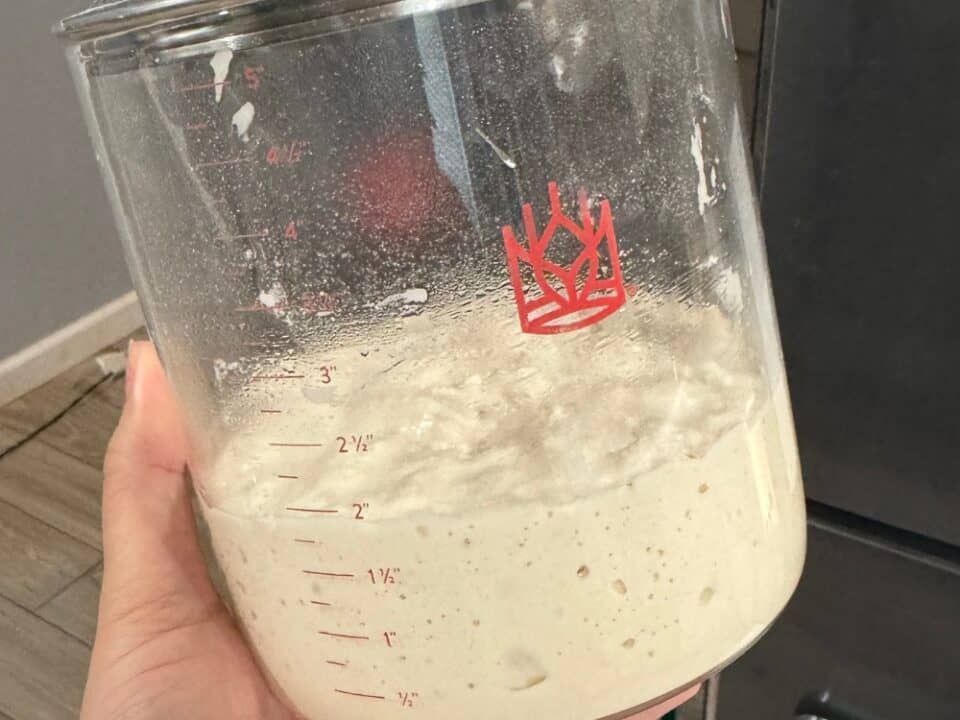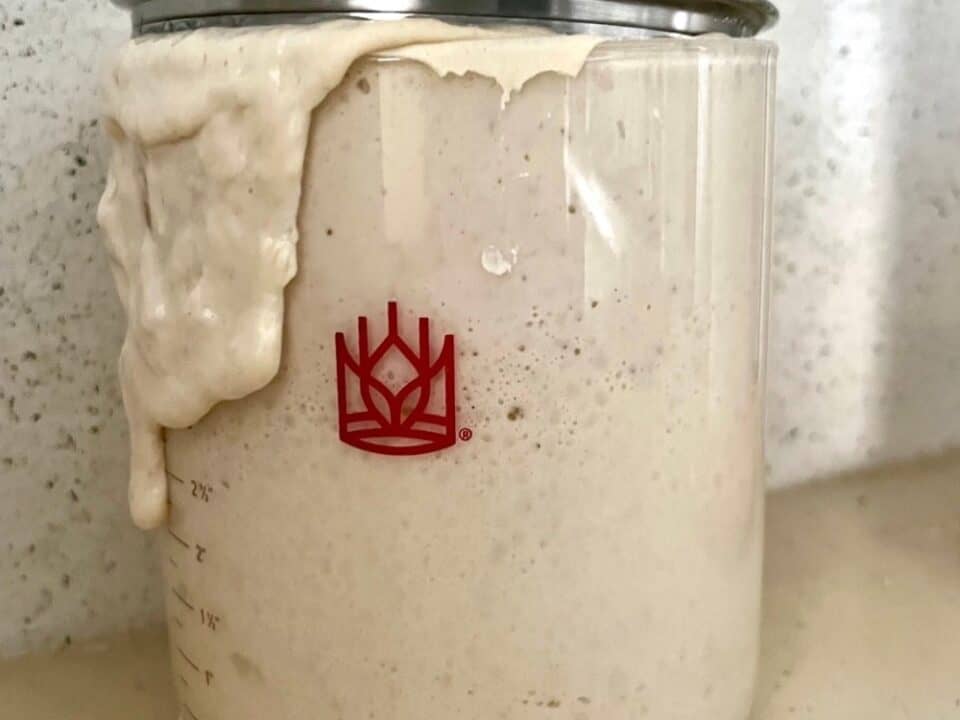Sourdough Discard Beyond Baking: Clever Uses for the Extra Starter
Every sourdough baker ends up with a jar of discard. It’s the portion of starter you remove before feeding, so the rest stays healthy, and it can feel wasteful to toss it in the trash. Most people think of pancakes or crackers when they hear “sourdough discard,” but you can put that tangy mix to work far beyond the oven. Here are smart, practical ways to use sourdough discard that isn’t baking, all tested in a real kitchen like mine at Pauline Manor.

Boost Your Garden Compost
Sourdough discard is loaded with wild yeast and beneficial bacteria, which makes it a natural compost activator. Stir a cup or two into your compost pile or tumbler and give it a good mix. The microbes kick-start the breakdown of kitchen scraps and yard waste, helping the pile heat up faster. If you have a worm bin, a spoonful of discard is like a probiotic treat for the worms, just be sure to mix it in so it doesn’t form a sticky layer on top.
Feed Backyard Chickens or Ducks
If you keep chickens or ducks, sourdough discard is a protein-rich snack they’ll love. Thin it with a little water and pour it over their regular feed or stir it into cooked grains. The live cultures are good for their digestion, and the mild tang is right up their alley. Offer it in moderation (think a few tablespoons per bird) and avoid giving them discard with salt or added sweeteners.
Clean Cast Iron Naturally
That slight acidity and gentle abrasiveness make discard a surprising cleaner for cast iron pans. Spread a thin layer on a warm, lightly oiled skillet and scrub with a soft brush or cloth. The natural fermentation helps loosen cooked-on bits without harsh chemicals. Rinse with hot water, dry well, and add a touch of oil to season. It’s a simple way to keep your favorite pans in top shape.
Shine Copper or Brass
The lactic acid in sourdough starter works like a mild polish for copper or brass. Apply a small scoop to a soft cloth and rub gently over tarnished spots. Let it sit for a few minutes, then rinse and buff dry. You’ll see the shine return without the chemical smell of commercial cleaners.
Soothe Your Skin with a Gentle Mask
People have used fermented grains as skin treatments for centuries. The probiotics and lactic acid in sourdough discard can act as a mild exfoliant. Mix a tablespoon of discard with a teaspoon of honey or plain yogurt and apply a thin layer to clean skin. Leave it on for ten minutes and rinse with warm water. It feels like a spa day using something you would have thrown away. Always do a small patch test first if you have sensitive skin.
Make a Natural Glue for Crafts
That sticky texture is perfect for homemade paper crafts or school projects. Thin discard with a little warm water until it’s the consistency of paste. Use it just like you would white glue for paper, cardboard, or light wood crafts. It dries clear and adds a fun sustainable twist to kids’ art time.
Start a New Starter or Share with Friends
Discard can also be the base for someone else’s baking adventure. Scoop a bit into a clean jar, feed it, and gift it to a friend who wants to learn sourdough. Label the jar with feeding instructions and you’ve turned what might have gone in the trash into a thoughtful starter kit.
A Few Safety Notes
Only use discard that smells pleasantly tangy and shows no signs of mold. If it has a pink or orange hue or an off odor, it’s better to compost it than to use it in food or skincare. Keep your discard jar refrigerated if you’re not using it within a day or two so it stays fresh and safe.
Final Thoughts
Sourdough discard isn’t just a by-product of baking. It’s a resource waiting to be used. From enriching your compost to polishing copper, feeding backyard animals, or pampering your skin, these simple ideas turn waste into something useful. The next time you feed your starter, think beyond the bread and give that extra bit of culture a second life.



